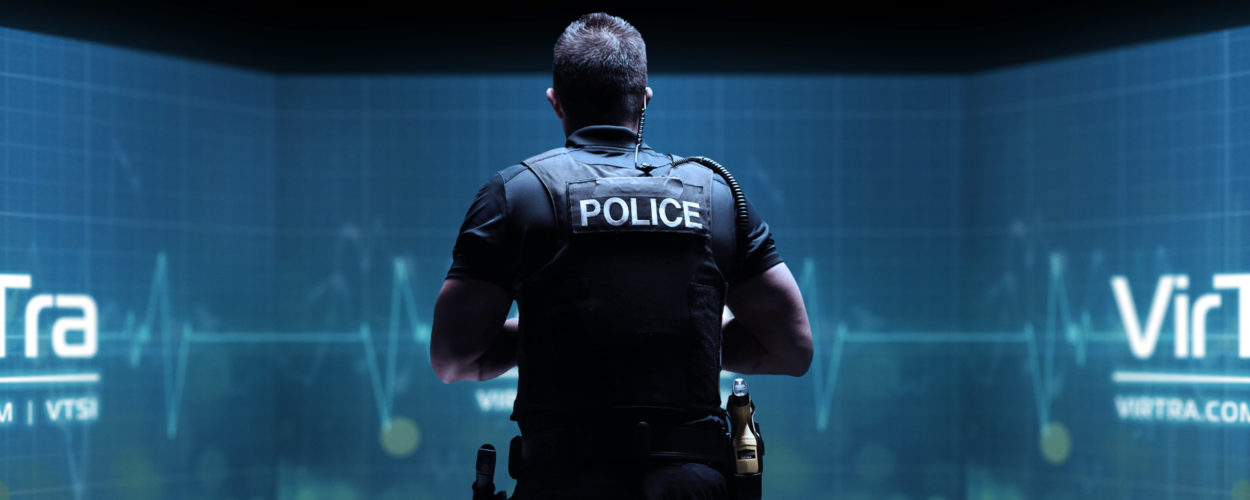
Social learning theory, in simple words, is learning from the actions of others. Every day we learn from the people around us and the experience they have, though we may not consciously realize it. People naturally learn by modeling and it is this trait that instructors can take advantage of.
Oftentimes, instructors create a “secret squirrel” mentality in law enforcement and military training, where trainees are asked not to divulge what they experienced to others as not to “remove the learning option for them.”
Instead, instructors who allow trainees to gather together and watch as each participates in a simulation exercise recognize this huge learning opportunity. By analyzing how their peers handle a situation, trainees glean bits and pieces of actions that work or fail, thus learning and mentally cementing better habits before stepping foot into the simulator.
Think about how this benefits the class as a whole. By the time the third or fourth trainee enters the training simulator, they have learned from the mistakes of the previous trainees and can take advantage of that knowledge. Together, the class grows stronger and better, rather than everyone struggling with the same mistakes behind the closed door of the training room.
Core Concepts
When implementing social learning theory into the classroom, there are some points to take into consideration to maximize the learning exercise:
Learning from Observation
As discussed before, people naturally learn by watching the actions of others. In the case of training, students learn by watching the mistakes and successes of those who have gone before.
Getting into the Right Mental State
Instructors need to provide a reason for trainees to pay attention. The motivation may differ depending on the trainee or class, with the most common being pride, satisfaction or accomplishment. Training in front of others also creates the motivation not to fail in front of peers—a powerful emotion instructors can capitalize on in the classroom.
Transform Learning into Changed Behavior
One aspect of learning is the performance, which refers to short-term memory and mastery. In this case, performance would be to pass a scenario or test after a short training period or hastily analyzing previous trainees and mirroring their actions. To successfully transfer this information to long-term memory— creating newly changed behavior—trainees must practice and recall that information often.
Learning Outside of the Simulator
A benefit to having multiple people watching a training session is an improved debrief. Instructors have the option to change debrief from checking the boxes to a Socratic method of questions and answers. By asking the trainee, or their peers, open-ended questions, it allows the selected trainee to replay the event and analyze their performance while providing the instructor with an insight as to why they behaved the way they did.
Having multiple people also allows for multiple viewpoints and opinions to be shared, again allowing a class to learn from each other and improve together. For ideas on how to maximize training sessions with these real-life simulators, contact a VirTra specialist.
Recently Published
Join Our Newsletter







